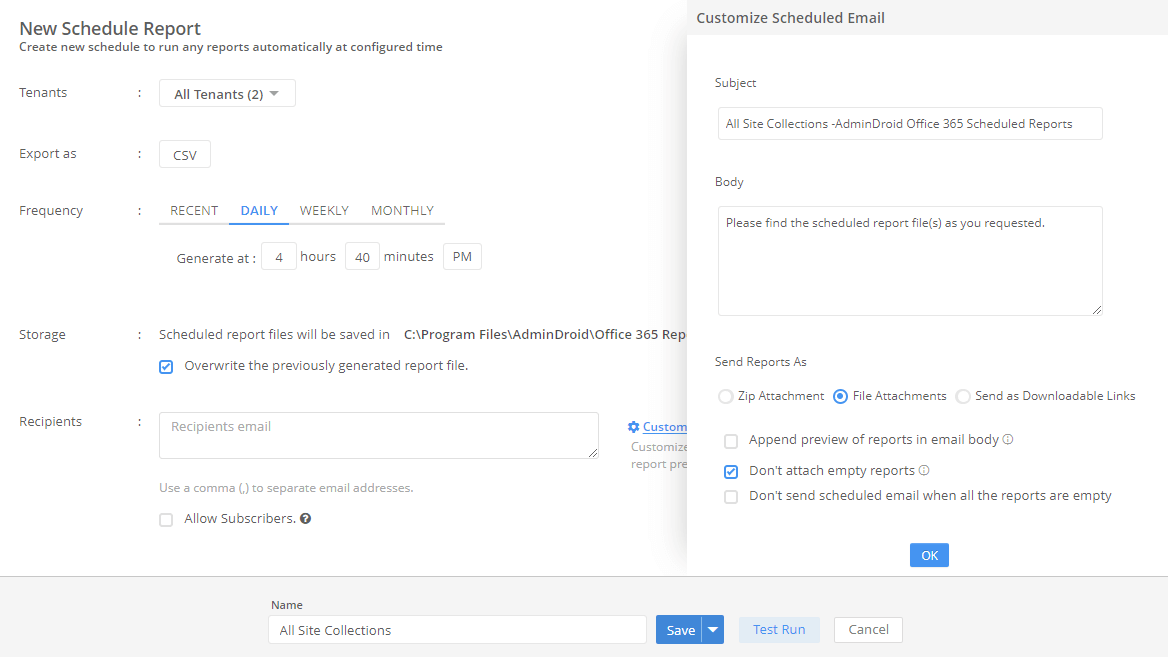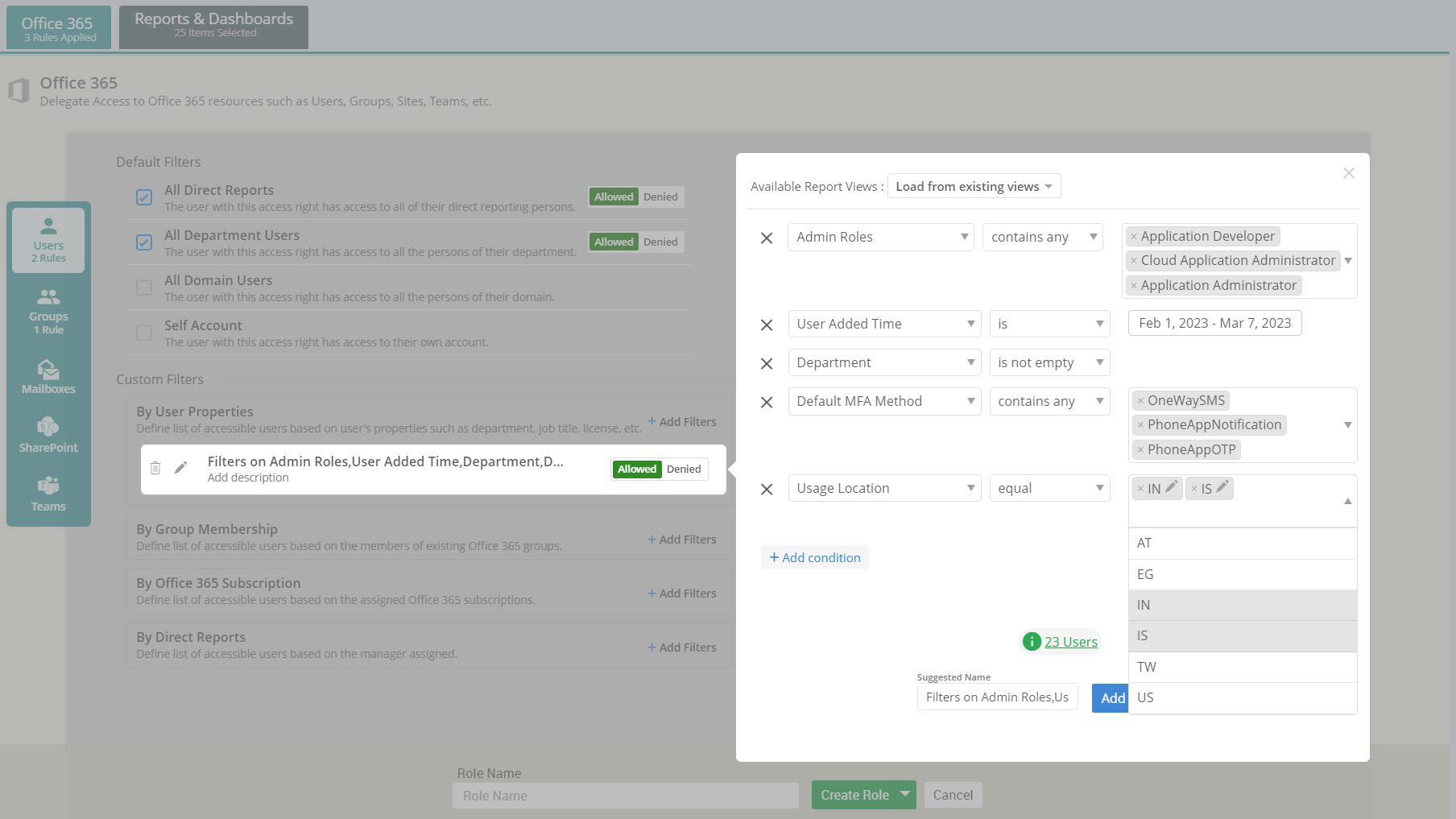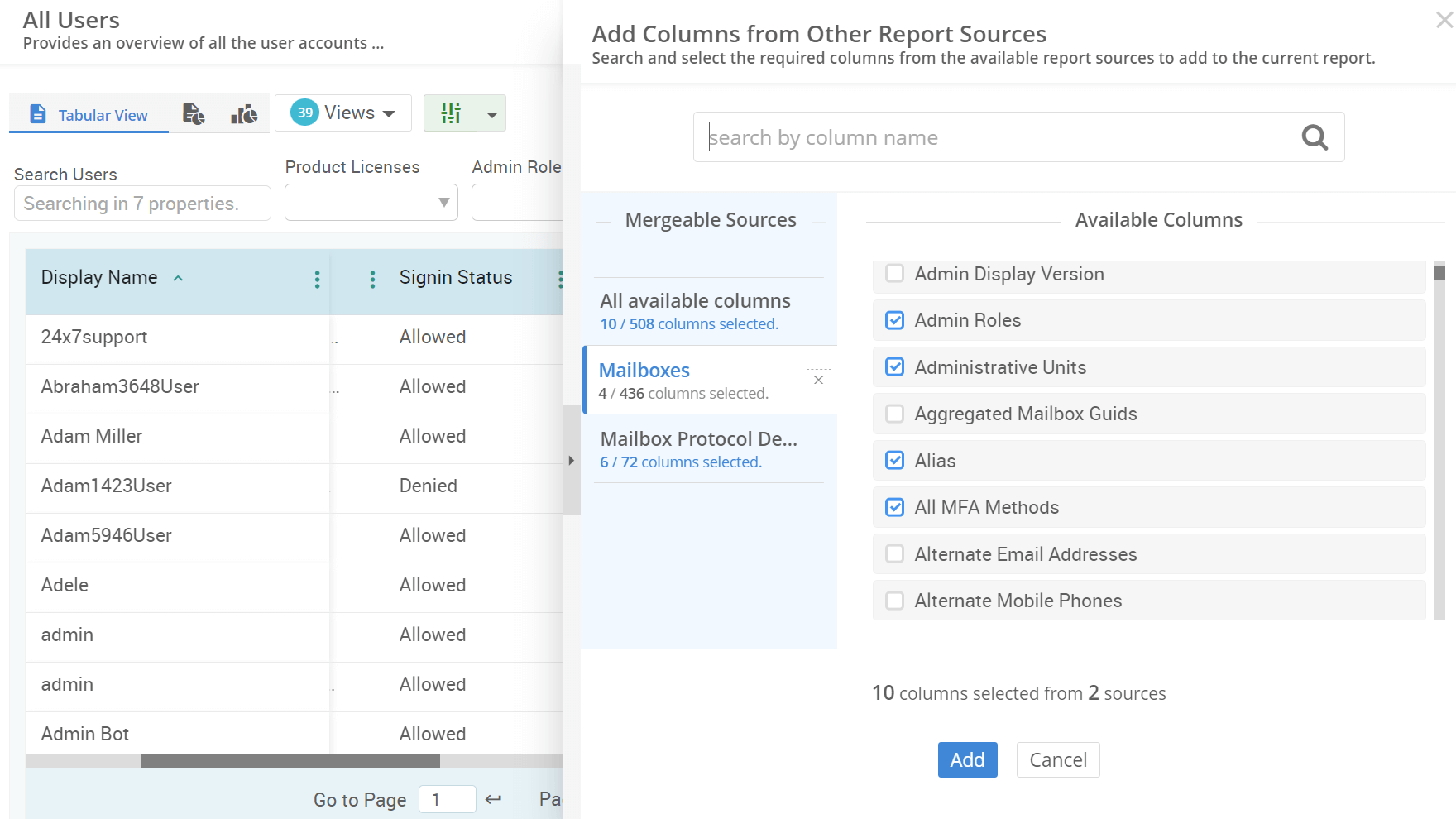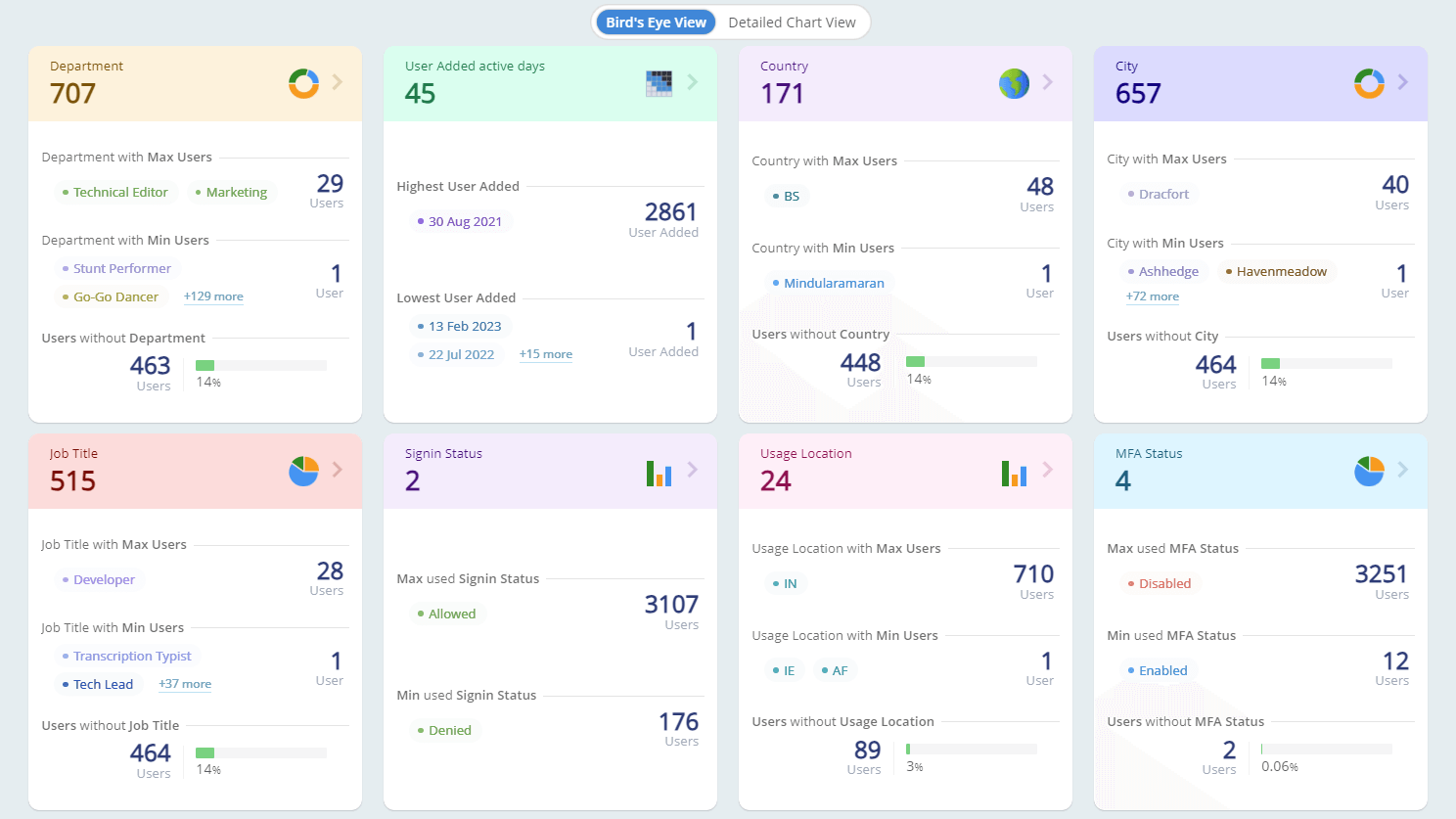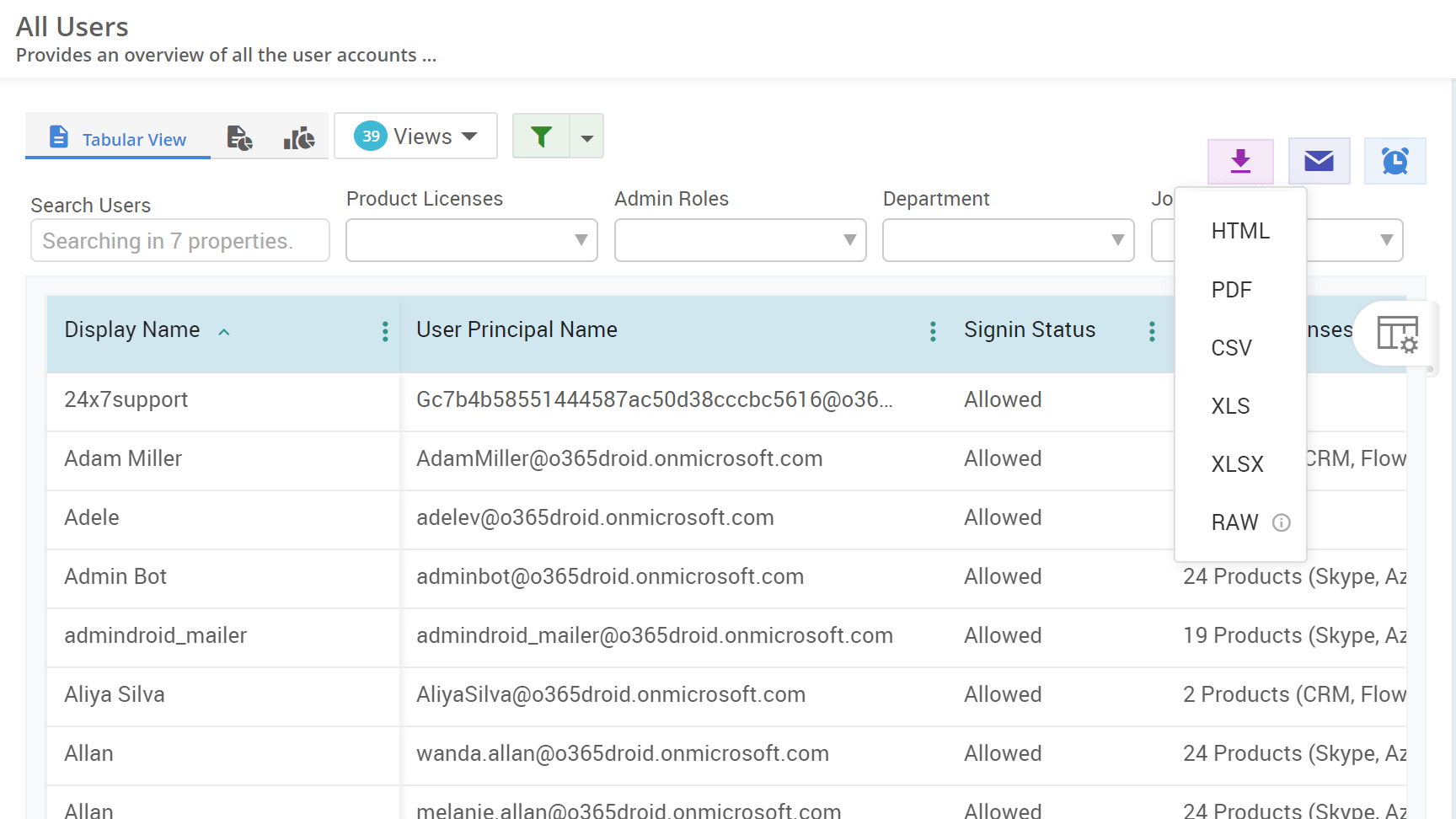How to Find Malware Detected Emails in Microsoft 365
Malware emails are a major threat to businesses, leading to data breaches, system failures, and costly ransomware attacks. Just one malicious email can put your entire organization at risk. That’s why it's crucial to stay ahead by not only detecting malware emails but also understanding their patterns and sources in Microsoft 365. In this guide, we’ll show you how to effectively audit malware emails in Microsoft 365.








